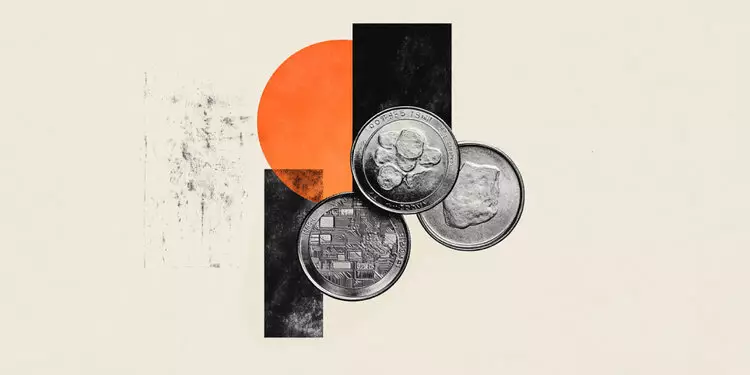Silver has often played a multifaceted role in the global economy, acting both as a precious metal and an industrial commodity. Given the latest economic indicators from China and softer US data, the future of silver prices appears particularly promising. With rising industrial demand, combined with changing monetary policy expectations, several factors converge to create an optimistic outlook for silver.
China’s Industrial Growth and Its Impact on Silver Demand
Recent economic data from China highlights robust growth in key sectors that significantly influence silver demand. The country’s Industrial Production grew by an impressive 6.2% year-over-year in December, surpassing expectations and marking the most substantial increase since April. This surge can largely be attributed to enhanced manufacturing activity as a result of government stimulus measures launched in September. A resilient manufacturing sector translates directly into higher demand for industrial metals, including silver, which is crucial for various applications—ranging from electronics to solar energy systems.
Furthermore, China’s Gross Domestic Product (GDP) also showcased healthy growth, expanding 5.4% year-over-year in Q4 2024, an increase that underlines the strength of the Chinese economy amidst global uncertainties. The rise in industrial activity combined with economic growth provides additional momentum towards silver’s price appreciation.
In contrast to China’s positive economic indicators, the United States has been experiencing weaker-than-anticipated data that have sparked speculation regarding future interest rate cuts by the Federal Reserve. The recent US Retail Sales figure, which only grew by 0.4% month-over-month in December, fell short of expectations that projected a healthier 0.6% increase. Moreover, the core Consumer Price Index (CPI) offered more evidence of a slowing economy, as it reported a slight YoY growth of 3.2% in December.
Such underwhelming statistics have contributed to a dovish sentiment surrounding the Federal Reserve, igniting discussions surrounding the possibility of two rate cuts in the forthcoming year. For silver, an essential characteristic remains: it is a non-yielding asset, meaning it becomes more attractive in a low-interest-rate environment. The implications of falling yields and a weaker US Dollar create a highly conducive backdrop for silver prices to rise.
Silver has displayed a steady trajectory throughout recent market fluctuations, currently trading around $30.80 per troy ounce after benefiting from three consecutive days of gains. The reduced value of the US Dollar makes silver more accessible for international buyers, further bolstering demand. Additionally, with US Treasury bond yields on a weekly decline of over 3%, silver’s allure as an investment is enhanced, especially for those seeking a hedge against inflation.
The dynamics surrounding silver investments are not limited to the US market. Investors often look toward silver as a tangible asset for diversifying portfolios, particularly during periods of economic uncertainty. An essential characteristic of silver is its historical function as a store of value and medium of exchange, which allows it to maintain significance even when compared to gold.
The Role of Geopolitical Factors and Market Sentiment
It is crucial to note that geopolitical instability and economic predictions play enduring roles in price fluctuations for commodities like silver. While fears surrounding recessions can heighten silver’s appeal as a safe-haven asset, its price tends to closely follow gold, owing to their shared characteristics. In this respect, the Gold/Silver ratio becomes a valuable tool for investors, helping them assess relative valuation and make informed decisions about allocating their resources.
Emerging trends in the industrial sector amplify silver’s importance, specifically in the fields of electronics and renewable energy. As the world pivots towards greener technologies, the significant demand for silver in these industries is poised to swell in the coming years.
The current economic landscape indicates that silver prices could continue on an upward trajectory fueled by various interlinked factors. Strong industrial production data emerging from China, coupled with a softer economic outlook from the US, creates a potential environment ripe for price appreciation. For investors, understanding these dynamics and remaining attuned to economic indicators related to both industrial demand and monetary policy will be essential for making informed investment decisions in silver. As uncertainties persist globally, silver’s historical attributes reinforce its position as a strategic asset for diversification and wealth preservation in turbulent times.

